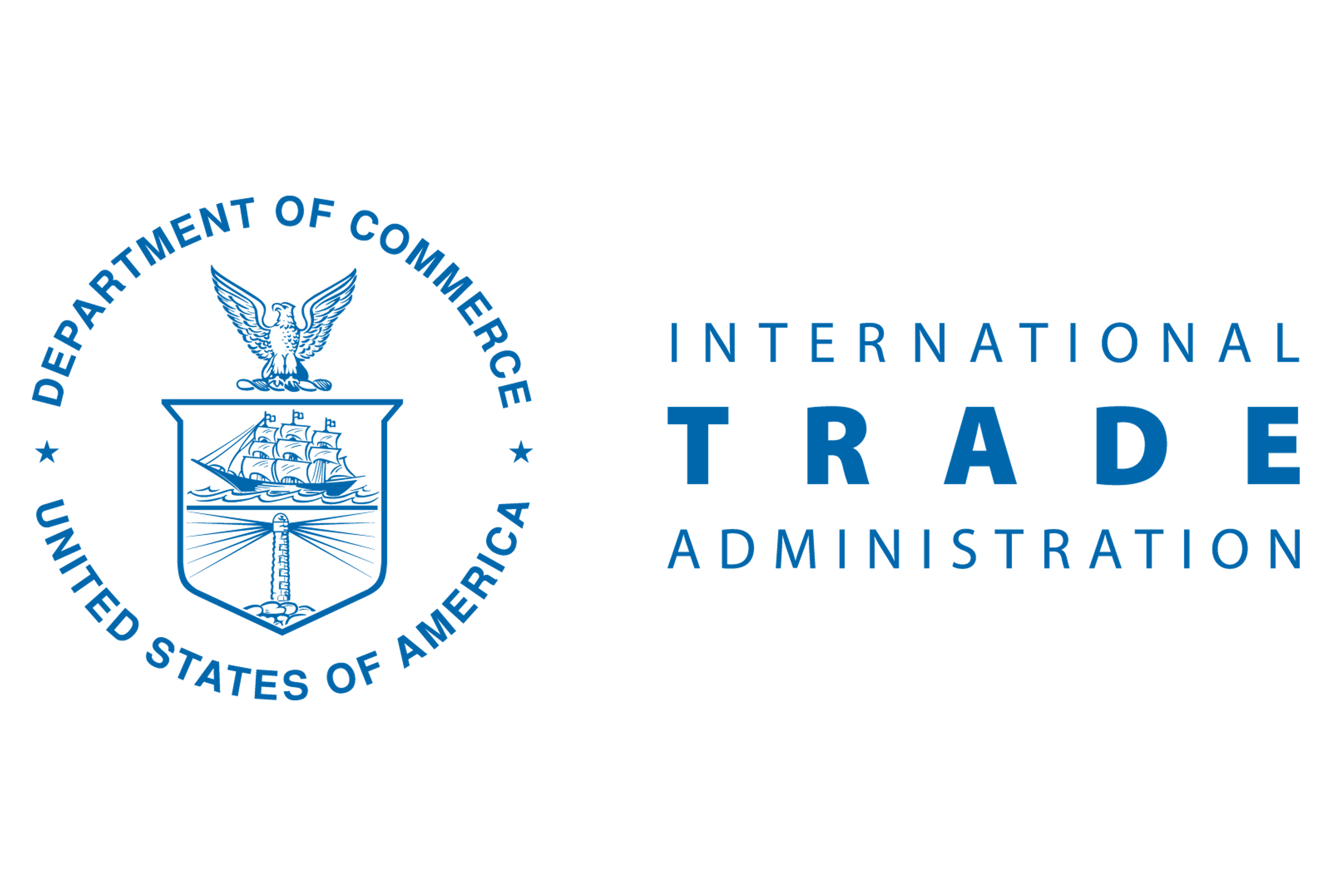Analysis
October 1, 2024
Final thoughts
Written by Michael Cowden
There are markets where the headlines and the prices are both crazy. This does not appear to be one of them, at least not yet.
So far we’ve got a sweeping trade case, a massive ports strike, and a deadly hurricane. These events deserve the coverage they’re getting. But the reaction on the price side and among steel buyers I’ve spoken with this week has been mostly ho-hum.
Generally speaking, sheet prices continue to tick upward, if unevenly. But that’s not necessarily the case at the service center level – where some of you tell me you’re struggling to increase prices because your competitors aren’t. Others think it’s just a matter of time before we’re back to the low prices we saw in July.
The gap between headlines and sentiment isn’t so hard to explain when it comes to the International Longshoremen’s Association (ILA) strike. The strike so far appears to be targeting containers and consumer goods. If you’re bringing in something perishable or timely – say bananas or holiday ornaments – it’s time to panic. But breakbulk, as best as I can tell from some of you, hasn’t been impacted so far. This means steel imports have mostly been spared, as far as I can see.
I don’t know whether that remains the case. (Remember the chip shortage? It will be hard to keep making cars if parts stop coming in.) But while there might be concern, there isn’t a sense of panic among steel buyers. Especially among those who tell me that demand remains weak.
In the end, I think it’s a debate about supply and demand.
Steel production, as measured by the American Iron and Steel Institute (AISI), is at its lowest point since January 2023. The coated trade case has all but eliminated Vietnam from the market and caused other sources of foreign material to pull in their horns for now. (That’s even if some countries think they’ll ultimately be dropped from the case or will face significantly lower duties than the ones alleged.)
All of those factors should squeeze supply. And there is evidence that lead times have extended at some mills. One EAF producer, for example, posted hot-rolled (HR) coil lead times into mid/late November. That kind of six- to seven-week lead time is typically associated with an integrated mill.
As it stands today, however, the supply chain isn’t tight. As we’ve reported before, service center inventories aren’t lean. I realize the numbers we report aren’t one size fits all. They might not match your experience if you’re heavily tilted toward the galvanized side. But if you’re stocking commodity HR, they probably do. That’s not necessarily a bad thing – especially since you probably bought that material back in July-August in the high $500s or low $600s.
That catch is demand. Service centers are releasing less steel. Automotive, the most concentrated market for steel, is struggling – as reflected in Stellantis revising its 2024 guidance lower on weakness in North America. (It’s not just Stellantis. General Motors, for example, has announced sweeping layoffs.)
And it’s not just in automotive. Nucor is closing the original Independence Tube location in Chicago and relocating production. The company says that it is replacing older capacity with newer, more efficient capacity. Zekelman Industries, meanwhile, is closing a Chicago tube facility. The company said the closure stemmed from a surge of imports from Mexico.
Those are valid reasons. But in a strong market, such facilities would probably stay open. Also, it’s not just Chicago. We’ve seen WARNs for other tube mills as well. But more on that in future editions of SMU. Does that tell us something about nonresidential construction demand?
You could also make the case that sprawling trade cases aren’t exactly the signal of a strong market. The last time we had a wave of trade cases on par with the coated one was in 2015-16. Those were generally leaner times for steel. It wasn’t uncommon at the time to see HR prices in the $400s, sometimes the high $300s, as SMU’s pricing records show.
That said, we live in unprecedented times. That word again. President Biden has said he won’t intervene in the ILA strike. And there are rumors that other unions might join in. The Teamsters is now more or less explicitly saying as much.
“The US government should stay the f**k out of this fight and allow union workers to withhold their labor for the wages and benefits they have earned,” the Teamsters said in a statement. (Yes, they really dropped the f-bomb.)
“Don’t forget—Teamsters do not cross picket lines. The Teamsters Union is 100% committed to standing with our Longshoremen brothers and sisters until they win the contract they deserve,” the union added.
Is that bluster? Or does October have room for more surprises? In other words, is the consensus that this is a so-so market correct? Or could be buyers be caught off guard as they were this time last year when prices rallied?
SMU Community Chat
If you haven’t already, don’t forget to register for our next Community Chat with Flack Global Metals Founder and CEO Jeremy Flack. You can do that here.
We’ll talk about the current steel market, entrepreneurship in the industry, as well as Flack’s acquisitions in the physical market. We’ll take your questions, too.
I look forward to seeing you there.







